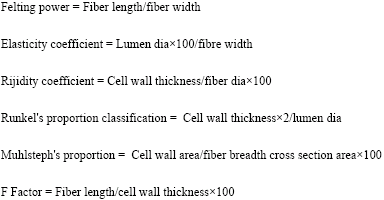Research Article
Some Chemical and Morphological Properties of Juvenile Woods from Beech (Fagus orientalis L.) and Pine (Pinus nigra A.) Plantations
Department of Forest Products Engineering, Faculty of Forestry, DÜzce University, DÜzce, Turkey
A. Tozluoglu
Department of Forest Products Engineering, Faculty of Forestry, DÜzce University, DÜzce, Turkey















